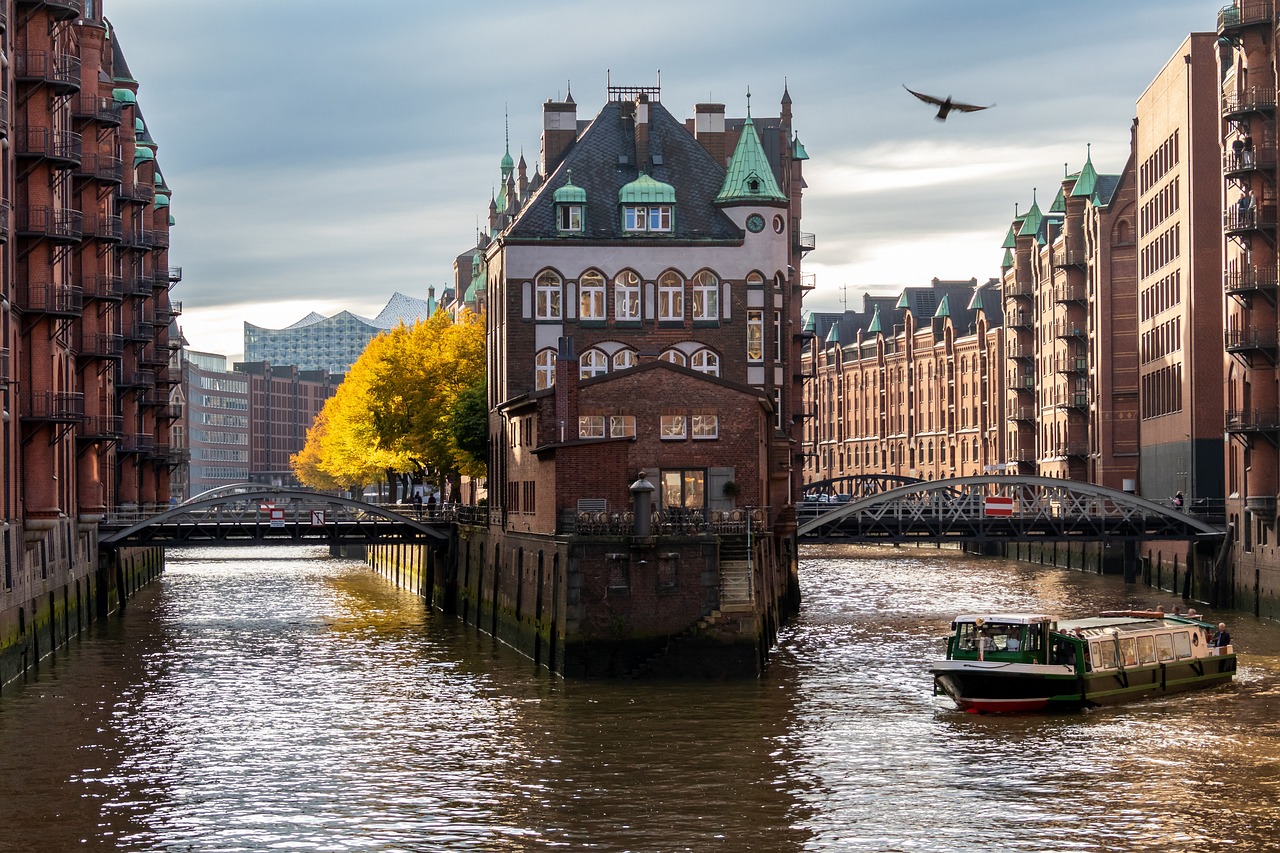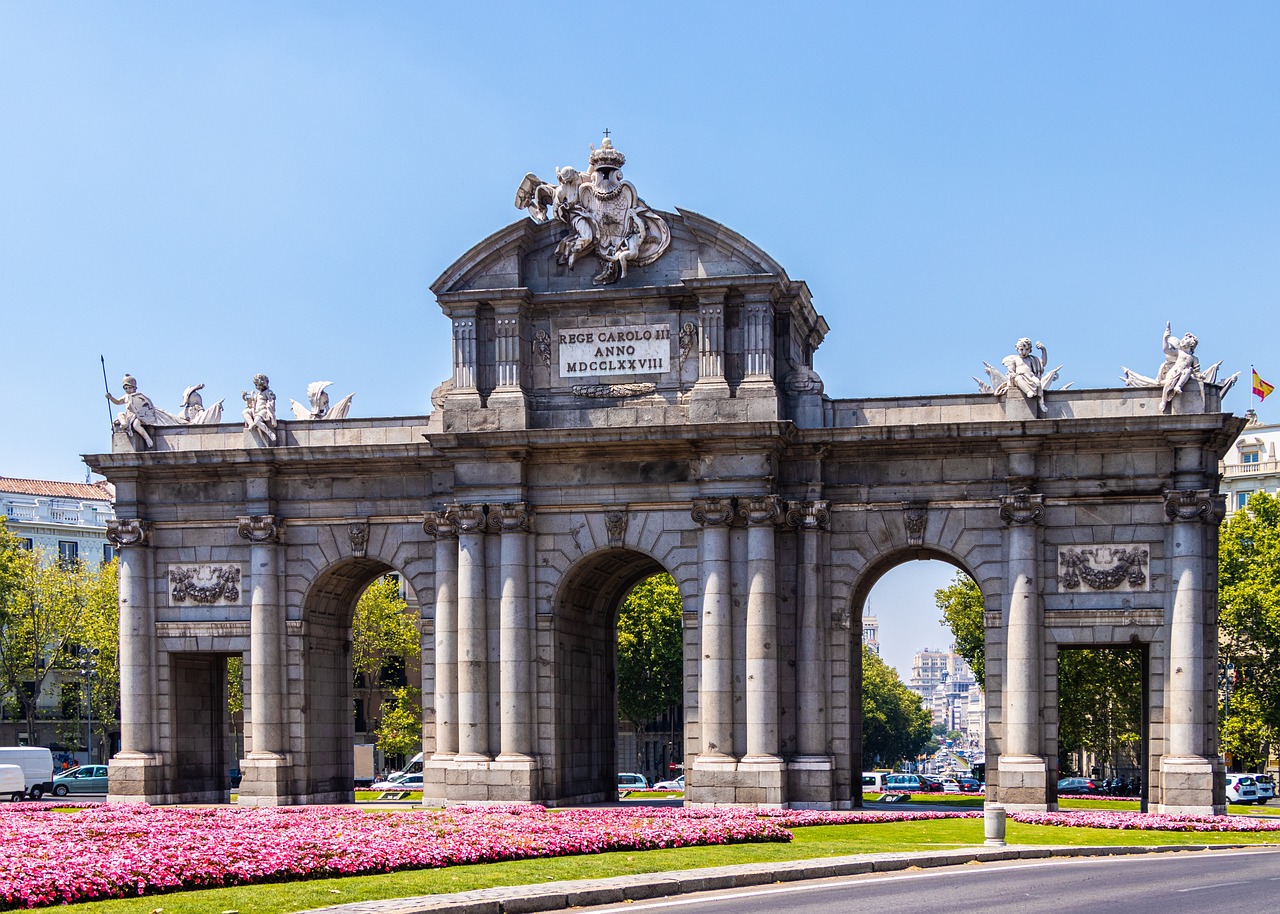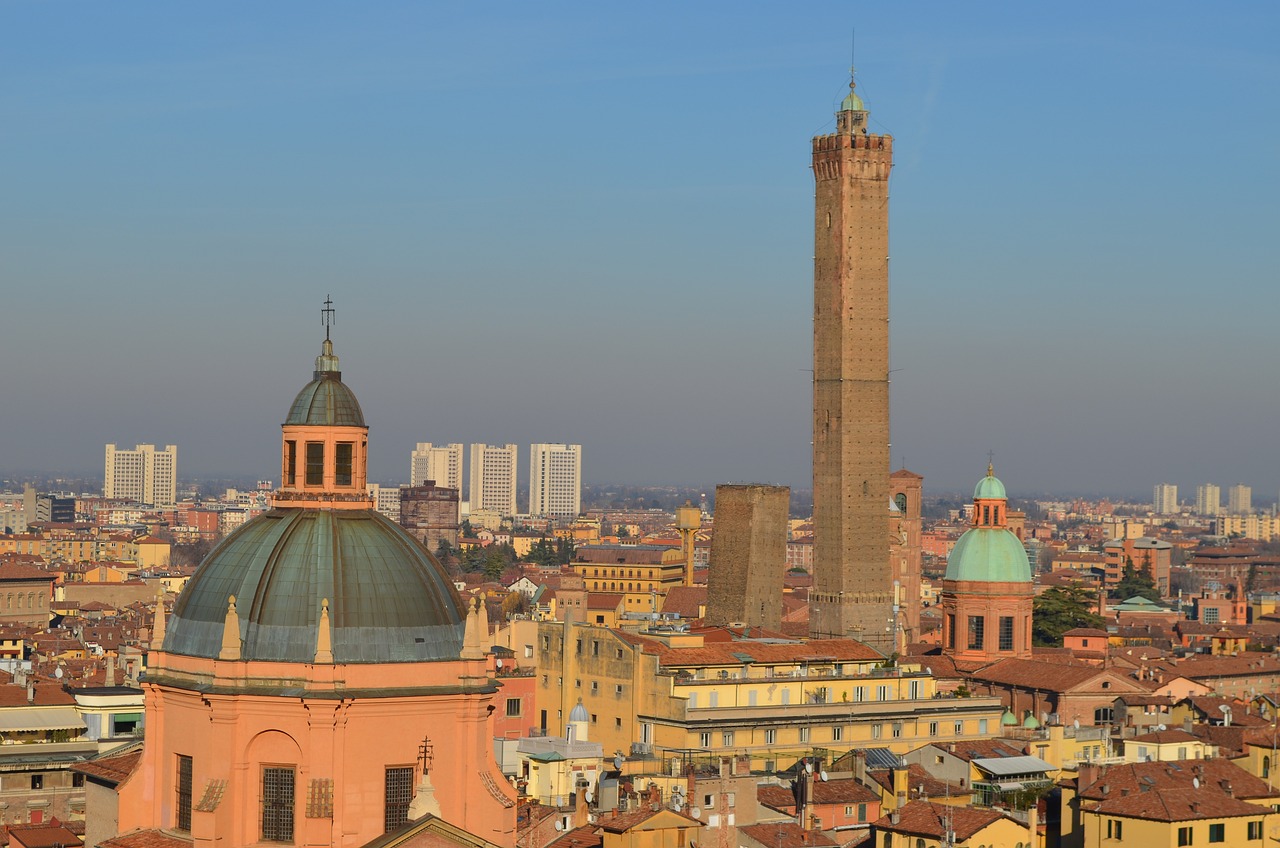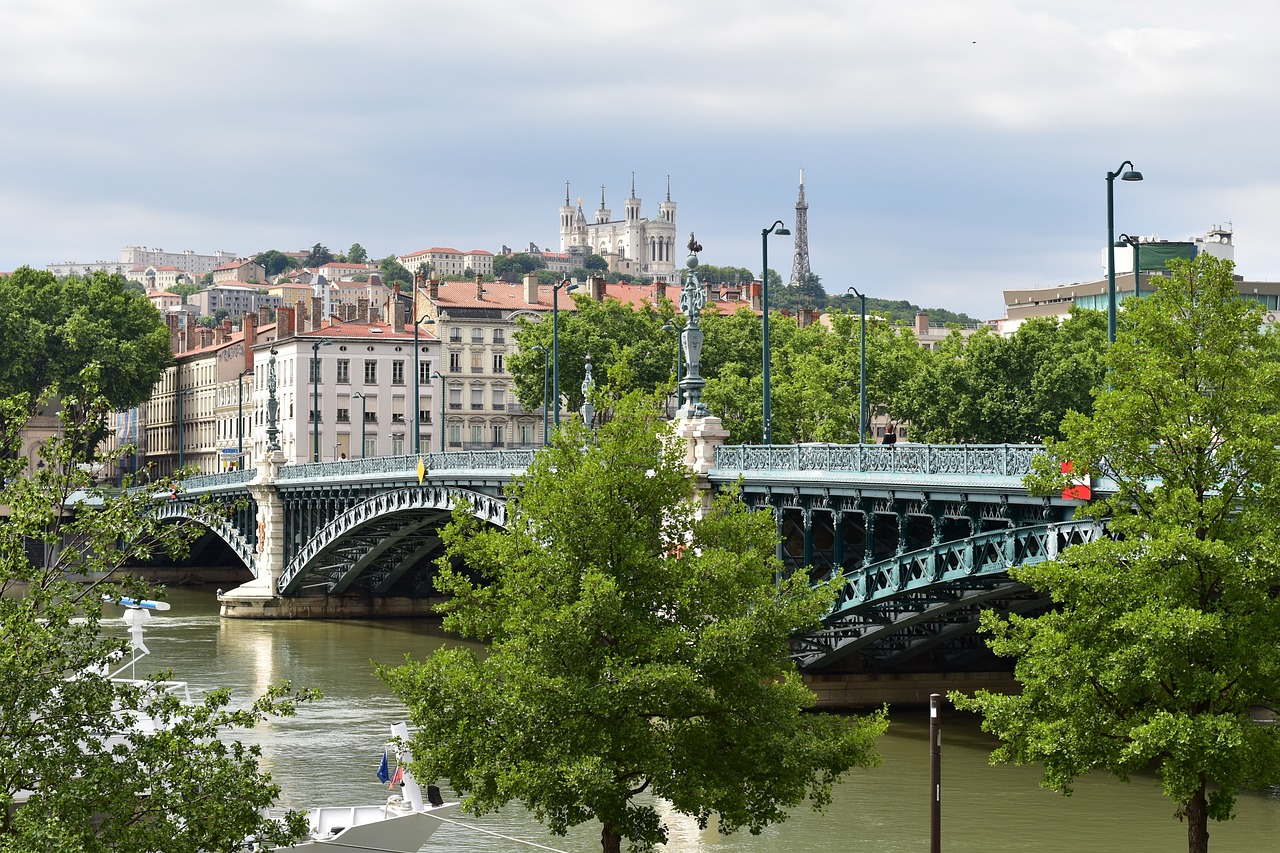Hamburg is a city located in the northern part of Germany, near the coast of the North Sea. It is the second-largest city in Germany, after Berlin, and is a major economic and cultural hub of the country. Hamburg is known for its stunning architecture, rich cultural history, and bustling port, which is one of the largest in Europe. The city is also famous for its vibrant nightlife, world-class museums, and beautiful parks and green spaces.
Hamburg is often compared to other European port cities such as Amsterdam and Copenhagen due to its maritime history, numerous canals, and lively waterfront. It is also compared to Berlin for its vibrant arts and music scene, although Hamburg has a more relaxed and laid-back atmosphere. Additionally, Hamburg is known for its architecture, with many historic buildings and modern designs blending together in a unique way. Compared to Munich, Hamburg has a more liberal and diverse population, making it a popular destination for young people and artists.
Short History
Hamburg is one of the oldest cities in the country and has a rich history dating back over 1,200 years. It was founded by Charlemagne in the 9th century and quickly grew into a major trading hub due to its location on the Elbe River. Throughout its history, Hamburg has experienced periods of prosperity and decline, including being heavily damaged during World War II. However, the city has since rebuilt and is now a major economic and cultural center in Germany.
Architecture
Hamburg is a city with a valuable architectural history, shaped by different styles over the centuries. The city is known for its mix of traditional and modern architecture, with buildings ranging from medieval to contemporary.
One of the most significant styles in Hamburg is Brick Expressionism, which emerged in the early 20th century. This style is characterized by the use of brick and concrete to create sculptural, expressive forms. The Chilehaus, built in the 1920s, is a famous example of this style.
Another style found in Hamburg is the Hanseatic style, which is characterized by its practicality and simplicity. This style emerged during the Hanseatic League in the Middle Ages and is still visible in the historic buildings in the city’s old town.
The city is also home to a number of modern and contemporary buildings. The Elbphilharmonie concert hall is a prime example of this, with its striking glass facade and undulating roofline.
Other notable architectural styles in Hamburg include Art Nouveau, Neo-Renaissance, and Postmodernism.
Visitors to Hamburg can take walking tours of the city’s architecture to learn more about its rich history and styles. The city’s modern skyline is particularly impressive when viewed from the water on a harbor cruise.
Overall, Hamburg’s architecture is a fascinating blend of old and new styles, reflecting the city’s rich history and dynamic present.
Museums and Galleries
Hamburg is a city rich in culture, history, and the arts. Here are some of the most interesting museums and galleries to visit in Hamburg:
- Miniatur Wunderland – This is the world’s largest model railway exhibit, featuring miniature replicas of famous locations from around the world.
- Kunsthalle Hamburg – This is one of the largest art museums in Germany, featuring works from the Middle Ages to the present day.
- International Maritime Museum – This museum houses a vast collection of maritime artifacts, including ship models, navigation instruments, and historical documents.
- Dialog im Dunkeln – This unique museum invites visitors to experience life without sight, as they are guided through a series of darkened rooms by blind guides.
- Museum für Kunst und Gewerbe – This museum features a collection of decorative arts, crafts, and design, with exhibits ranging from ancient Egyptian artifacts to contemporary design.
- Bucerius Kunst Forum – This art museum features rotating exhibitions of modern and contemporary art, with a focus on international artists.
- Museum of Hamburg History – This museum traces the history of the city from its earliest days to the present, with exhibits on Hamburg’s role in the Hanseatic League and its growth as a major port city.
Hamburg’s museums and galleries offer visitors a diverse range of cultural experiences, from miniature models to contemporary art, and from maritime history to life without sight. Whether you’re a history buff, an art lover, or simply looking for something new and interesting to explore, Hamburg’s museums have something to offer everyone.
Landmarks and Monuments
Hamburg has a rich history and a diverse mix of modern and historic landmarks and monuments. Here are some of the most worth visiting:
- St. Michaelis Church: Also known as the Michel, this is one of Hamburg’s most iconic landmarks. The church is over 100 meters tall and has a stunning interior.
- Elbphilharmonie: This modern concert hall is one of Hamburg’s most popular attractions. It has a striking glass exterior and offers stunning views of the city and the harbor.
- Rathaus: The Hamburg City Hall, or Rathaus, is a magnificent neo-Renaissance building located in the heart of the city. It’s open to the public and offers guided tours.
- Miniatur Wunderland: This is the world’s largest model railway and a popular attraction in Hamburg. It features miniature versions of famous landmarks from around the world, including the Grand Canyon, the Swiss Alps, and the Las Vegas strip.
- Speicherstadt: This is the largest warehouse district in the world and a UNESCO World Heritage site. The red brick buildings are an iconic symbol of Hamburg’s maritime history.
- Planten un Blomen: This park in the heart of Hamburg is a great place to relax and take a break from the city. It features beautiful gardens, fountains, and a large playground.
- Ohlsdorf Cemetery: This is one of the largest cemeteries in the world and a unique attraction in Hamburg. It’s home to over 1.5 million graves, including those of many famous people.
- Fish Market: This is a bustling market that takes place every Sunday morning at the harbor. It’s a great place to buy fresh fish and seafood, as well as fruits, vegetables, and flowers.
From the iconic churches to the modern halls, the city has something for everyone. The Rathaus and Speicherstadt offer a glimpse into Hamburg’s past, while the Miniatur Wunderland and Planten un Blomen provide fun for the whole family.
Parks and Green Spaces
Hamburg offers a wide range of beautiful parks and green spaces for locals and visitors alike to enjoy. Here are some of the parks and green spaces worth visiting in Hamburg:
- Planten un Blomen: This is one of the most popular parks in Hamburg, located in the heart of the city. It features beautiful gardens, a large lake, and various performance areas for concerts and other events.
- Stadtpark: The Stadtpark is the largest park in Hamburg and is home to various attractions, including a lake, a planetarium, a music pavilion, and the Stadtpark Open Air Theatre.
- Jenischpark: This is a scenic park located in the western part of Hamburg, along the Elbe River. It features beautiful gardens, an arboretum, and a historic manor house that is now a museum.
- Alsterpark: The Alsterpark is a beautiful park located around the Alster Lakes in the center of Hamburg. It features walking and biking paths, scenic views of the lakes, and various restaurants and cafes.
- Ohlsdorf Cemetery: While technically a cemetery, Ohlsdorf is also a beautiful park that is worth visiting. It is the largest rural cemetery in the world, featuring over 12 miles of roads and paths, numerous gardens and ponds, and over 1.5 million graves.
- Hamburger Stadtparksee: This is a small lake located in the Stadtpark, and is a popular spot for boating and picnics. There are also several restaurants and cafes located along the lake.
- Volkspark: The Volkspark is a large park located in the western part of Hamburg, and features various sports fields, a golf course, a swimming pool, and a small lake.
From the iconic Planten un Blomen to the peaceful Jenischpark, there is something for everyone to explore and appreciate.
Beaches
There are no beaches in Hamburg, as the city is located on the Elbe River and not on the coast. However, there are several beaches near Hamburg that are worth a visit. Here are some of them:
- Timmendorfer Strand: One of the most popular beaches in northern Germany, located about 80 km from Hamburg. It has fine white sand and crystal-clear water, and is perfect for swimming and sunbathing.
- Scharbeutz: Another popular beach near Hamburg, with a long promenade, several restaurants and cafes, and a variety of water sports activities.
- St. Peter-Ording: A unique beach with a wide expanse of sand dunes and a long wooden pier. It is a popular spot for windsurfing and kiteboarding.
- Cuxhaven: A seaside town located at the mouth of the Elbe River, with several beaches and a beautiful coastline. It is also a popular starting point for boat tours to the nearby islands.
- Travemünde: A historic seaside town with a long sandy beach and a charming old town. It is also a popular destination for cruise ships.
- Fehmarn: A small island located off the coast of Schleswig-Holstein, with several beautiful beaches and a variety of outdoor activities, including windsurfing and kiteboarding.
- Boltenhagen: A quiet seaside town with a long sandy beach and clear water. It is perfect for families with children, as the water is shallow and calm.
- Ahrenshoop: A picturesque village on the Baltic Sea, with several beaches and a rich artistic heritage. It is known for its beautiful landscape and unique architecture.
- Warnemünde: A popular beach resort near Rostock, with a long sandy beach and a variety of water sports activities. It is also a popular starting point for cruises to the Baltic Sea.
- Kühlungsborn: A beautiful seaside town with a long promenade, several beaches, and a variety of restaurants and cafes. It is perfect for a relaxing day at the beach.
From popular resorts to quiet seaside towns, there is something for everyone to enjoy.
Shopping Districts
Hamburg has a diverse range of shopping districts to offer, from the luxury boutiques of Neuer Wall to the trendy shops of Schanzenviertel.
- Mönckebergstraße: This shopping district is located in the heart of Hamburg and is home to many well-known department stores such as Karstadt, Saturn, and H&M.
- Neuer Wall: This high-end shopping street is lined with designer boutiques such as Louis Vuitton, Gucci, and Prada.
- Jungfernstieg: Located on the banks of the Alster Lake, this shopping area offers a mix of luxury shops and smaller boutiques, as well as cafes and restaurants.
- Europa Passage: This modern shopping mall features over 120 shops, including popular brands like Zara and Mango.
- Schanzenviertel: This trendy neighborhood is known for its alternative shops, vintage stores, and unique boutiques.
- Eppendorfer Landstraße: This street in the Eppendorf neighborhood is home to a mix of high-end boutiques and independent shops selling clothing, jewelry, and home goods.
Whether you’re looking for high-end fashion or unique local finds, Hamburg has something to suit every taste and budget.
Food and Drink
Hamburg is known for its hearty and traditional cuisine, as well as for its thriving modern food scene. Here are some of the food and drinks to try in Hamburg:
- Labskaus: A traditional dish made from salted meat, potatoes, and beetroot. It’s usually served with a fried egg and pickles.
- Fischbrötchen: A sandwich made with smoked or fried fish, often herring or salmon, and served on a bun with onions and a dollop of remoulade sauce.
- Rote Grütze: A dessert made from a mix of red fruits such as strawberries, raspberries, and cherries, served with cream or vanilla sauce.
- Franzbrötchen: A sweet pastry similar to a cinnamon roll, but with a twist of butter and sugar.
- Aalsuppe: A traditional soup made with eel, beef, and vegetables.
- Hamburger: The iconic sandwich named after the city, usually consisting of a beef patty, lettuce, tomato, onion, and pickles, served on a bun.
- Craft Beer: Hamburg has a thriving craft beer scene, with many local breweries producing unique and delicious beers.
- Alsterwasser: A refreshing drink made from beer and lemon soda, perfect for warm summer days.
- Eierlikör: A rich and creamy liqueur made from eggs, sugar, and rum.
- Apfelschorle: A popular non-alcoholic drink made from apple juice and sparkling water.
Overall, Hamburg offers a variety of traditional and modern food and drink options for visitors to enjoy.
Transportation
Hamburg has an efficient and well-connected public transportation system that includes buses, trains, and ferries. The city also has an extensive network of bike lanes, making cycling a popular way to get around.
The Hamburg S-Bahn is a fast, reliable, and affordable way to travel within the city and to the surrounding areas. The U-Bahn is the underground subway system, which is also efficient and covers most of the city. Buses are another great option, especially for traveling to areas that are not served by the S-Bahn or U-Bahn.
Hamburg also has an extensive network of ferries, which provide a unique way to see the city from the water. The harbor ferry (HVV-Fähre) is part of the public transportation system and can be used with the same ticket as buses and trains. The Elbe ferries (Elbfähren) offer scenic tours of the harbor and are a great way to explore the city’s waterways.
Taxis and ride-sharing services are also available and can be convenient for short trips or when traveling late at night. However, they can be more expensive than public transportation.
Safety
Hamburg is considered a safe city overall, with a low crime rate compared to other German cities. However, as with any city, it’s important to be aware of your surroundings and take precautions to avoid theft or other incidents. It’s also recommended to follow common safety measures, such as avoiding walking alone at night in less-populated areas and keeping an eye on your belongings in crowded places.
Expensive or Cheap
Compared to other major cities in Germany, Hamburg is considered to be relatively expensive. Prices for accommodation, food, and transportation tend to be higher than in smaller cities or rural areas. However, the cost of living in Hamburg is still lower than in other European cities like Paris or London. It’s possible to find affordable options for food and entertainment if you know where to look, but overall Hamburg is not a budget destination.
Best Time to Travel
The best time to travel to Hamburg is during the summer months from June to August. The weather is pleasant, and there are numerous outdoor events, festivals, and activities happening during this time. However, it is also the peak tourist season, so expect higher prices and larger crowds. Spring and fall are also good times to visit as the weather is mild, and there are fewer tourists, making it easier to enjoy the city’s attractions. Winter is cold, but Hamburg has its charm during Christmas with its Christmas markets and festivities.
Date Ideas and Activities
Hamburg offers a range of activities and experiences for couples looking to enjoy and spend quality time together. Here are some ideas to try in Hamburg:
- Take a romantic boat ride: Hamburg is known for its numerous waterways, and taking a boat ride with your partner can be a lovely way to enjoy the city’s beauty.
- Visit Miniatur Wunderland: This is the world’s largest model railway exhibit, where you and your date can explore miniature versions of famous cities and landmarks.
- Have a picnic in Planten un Blomen: This large park in the heart of Hamburg is the perfect spot for a relaxing picnic and stroll.
- Go for a bike ride along the Elbe River: Hamburg is a bike-friendly city, and the scenic Elbe River is a great place for a romantic bike ride.
- Explore the city’s museums: Hamburg has a range of museums to suit any interest, from art and history to technology and science.
- Take a stroll through the St. Pauli district: This historic district is known for its vibrant nightlife, street art, and unique shops.
- Enjoy a concert or show: Hamburg has several venues for live music and theater, such as the Elbphilharmonie concert hall and the St. Pauli Theater.
- Experience Hamburg’s food scene: Try traditional German dishes such as schnitzel or currywurst, or explore the city’s international cuisine options.
- Visit the Fish Market: Every Sunday morning, Hamburg’s famous Fish Market comes alive with vendors selling fresh seafood, fruits, and other goods.
- Take a day trip to Lübeck: This picturesque medieval town is just a short train ride from Hamburg and is perfect for a romantic day trip.
From scenic boat rides to exploring the city’s museums and food scene, there’s something for everyone. With its romantic waterways, historic districts, and vibrant culture, Hamburg is a great destination for a romantic getaway.
Fun and Interesting Facts
Hamburg is a fascinating and dynamic city with a colorful history, unique culture, and plenty of attractions for visitors. Here are ten fun and interesting facts about Hamburg that you may not have known:
- The Elbphilharmonie: Hamburg’s newest and most iconic landmark is a concert hall with a unique and striking design. Its glass facade resembles a wave and it’s located in the middle of the harbor, offering stunning views of the city and the river.
- Miniatur Wunderland: The largest model railway in the world is located in Hamburg. It features over 15 kilometers of track and more than 200,000 miniature figures, buildings, and vehicles.
- Fish Market: The Hamburg Fish Market is a lively and colorful market that sells a variety of fresh seafood, fruits, and vegetables. It opens early in the morning and attracts both locals and tourists.
- Reeperbahn: Hamburg’s famous red-light district is home to numerous bars, nightclubs, and restaurants. It’s a popular destination for party-goers and tourists who are looking for a vibrant nightlife scene.
- Beatles connection: The Beatles played in Hamburg for two years in the early 1960s, and this period is often referred to as the “birthplace of the Beatles.” There are many landmarks and attractions related to the band in the city, including the Beatles-Platz, a public square featuring sculptures of the band members.
- St. Michaelis Church: This beautiful Baroque church is one of Hamburg’s most iconic landmarks. Visitors can climb to the top of the tower for panoramic views of the city.
- Speicherstadt: Hamburg’s historic warehouse district is a UNESCO World Heritage Site and one of the largest warehouse districts in the world. Its red-brick buildings, canals, and bridges create a unique and picturesque atmosphere.
- HafenCity: This newly developed district is located on the waterfront and features modern architecture, trendy restaurants, and shops. It’s also home to the Elbphilharmonie and the International Maritime Museum.
- Alster Lakes: The two lakes in the heart of Hamburg are a popular destination for boating, jogging, and picnicking. The surrounding area is home to some of the city’s most expensive real estate.
- International cuisine: Hamburg is known for its diverse and international cuisine. Visitors can enjoy traditional German dishes, as well as food from all over the world, including Asian, Italian, and Middle Eastern cuisine.
Whether you’re interested in history, art, food, or nightlife, there’s something for everyone in this unique city. With its friendly locals and picturesque waterfront location, Hamburg is a must-visit destination in Germany.
Conclusion
Hamburg is the second-largest city in Germany and one of the most important ports in Europe. It is a lively city located in the northern part of the country, and is known for its historic landmarks, beautiful parks, and rich cultural scene. From world-class museums and galleries to delicious local cuisine and bustling shopping districts, Hamburg has something to offer for everyone.
In terms of architecture, Hamburg is known for its mix of traditional and modern styles, with buildings ranging from medieval structures to contemporary glass-and-steel constructions. The city’s many museums and galleries showcase a wide range of art and cultural artifacts, including works by local and international artists.
Hamburg is also a city of water, with several lakes and canals that add to the city’s unique charm. Visitors can take a boat tour of the city’s waterways, or simply relax in one of the city’s many parks and gardens. The city’s beaches are also a popular destination for locals and tourists alike, with plenty of opportunities for swimming, sunbathing, and watersports.
Overall, Hamburg is a must-visit destination for anyone interested in German culture, history, and art. With its beautiful architecture, vibrant cultural scene, and stunning natural surroundings, it is a city that offers endless opportunities for exploration and discovery.



